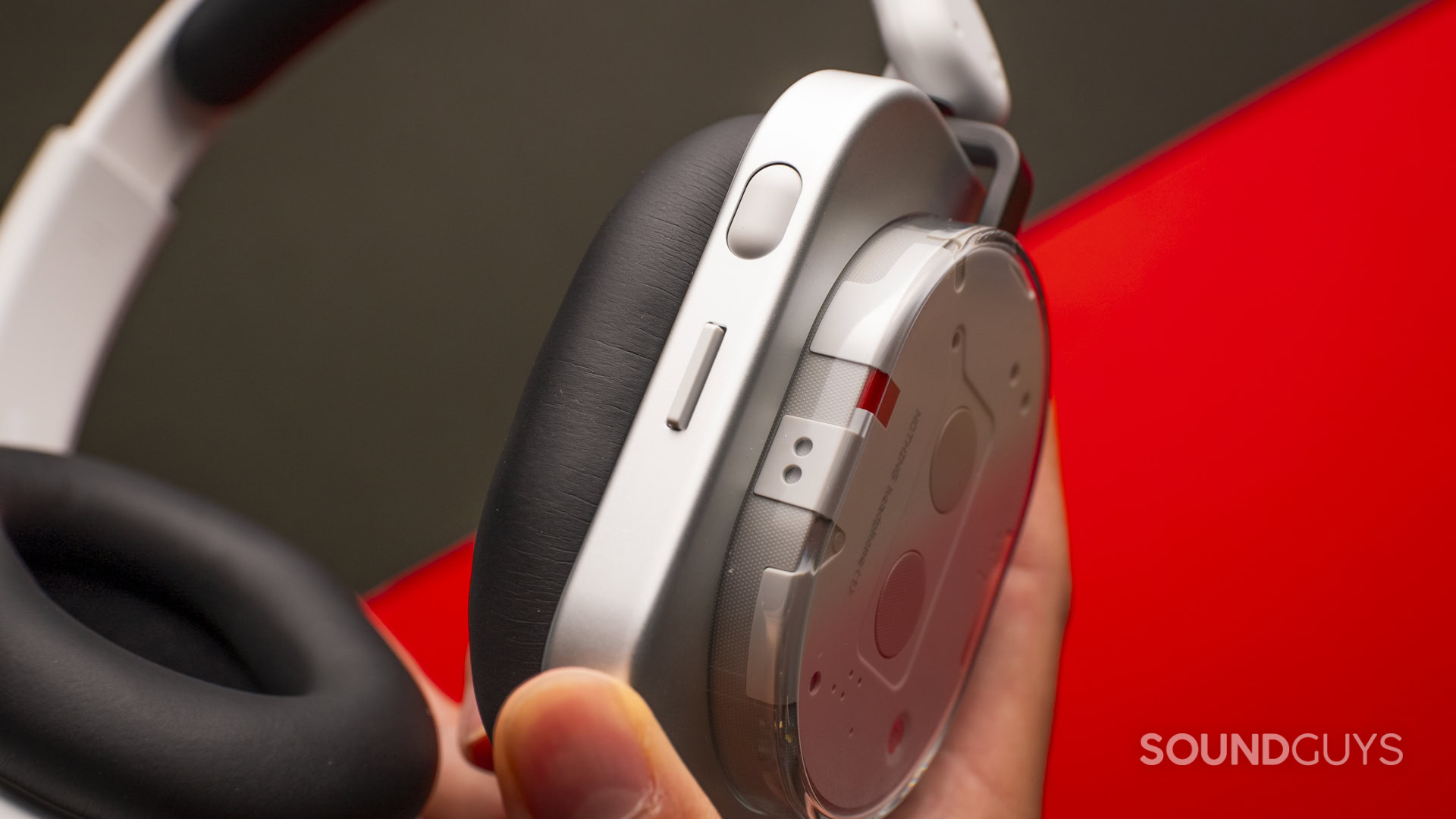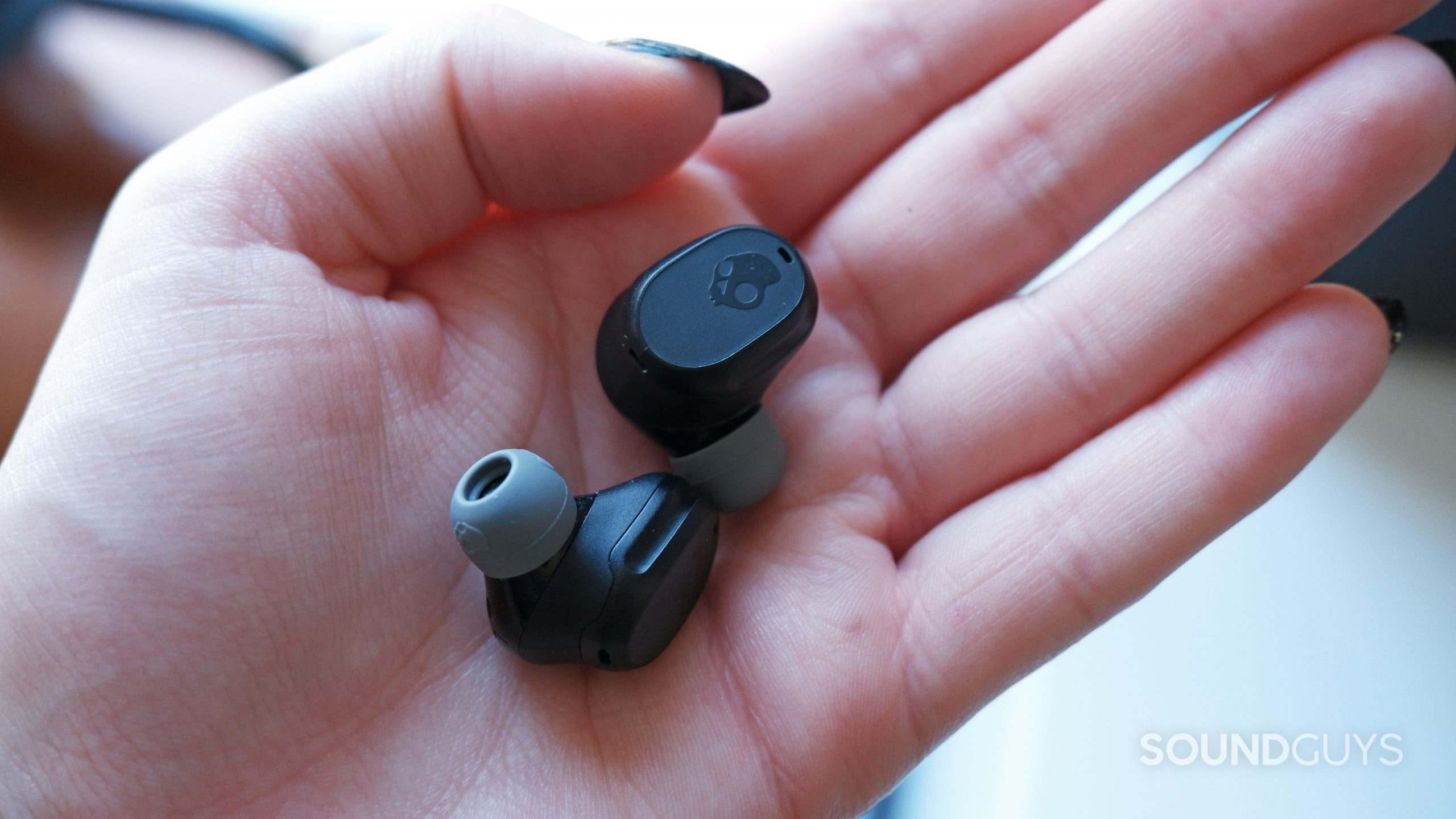All products featured are independently chosen by us. However, SoundGuys may receive a commission on orders placed through its retail links. See our ethics statement.
I'm never going back to touch controls after using the Nothing Headphone (1)
July 15, 2025

As someone who spends a lot of time reviewing gaming headsets, I know what reliable controls feel like. When I’m in the middle of a ranked match and need to adjust audio quickly, there’s no room for finicky gestures or unresponsive touch panels. I need controls that work every single time, without thinking about it. That’s why gaming headsets never abandoned physical controls. Because when reliability matters, there’s simply no substitute for a good button. Still, I rarely ever come across consumer over-ear headphones with physical buttons, as most have stuck with touch and swipe controls since 2017. After reviewing the recent Nothing Headphone (1), I can’t help but think the entire consumer headphone industry took a wrong turn somewhere along the way.
Do you prefer physical buttons or touch controls on headphones?
Why touch controls are terrible

Personally, I have never used a pair of headphones or earbuds with touch controls that I didn’t have at least one problem with. Sometimes I accidentally raise the volume when I just wanted to pause my music, or vice versa. Sometimes it’s trying to skip a track, only to have nothing happen because my finger taps aren’t deliberate enough. Or sometimes it’s during a cold Canadian winter, and I have to choose between wearing gloves or having my hands freeze trying to control my audio playback.
Touch controls turn simple tasks into frustrating guesswork
But even when touch controls aren’t responding or delivering false positives, all these swipes and taps tend to shift the headphones on my head, often compromising the seal and ruining the noise cancelation or bass response. I end up having to readjust the fit every time I want to play a song.
Touch controls are equally a pain when reviewing a constant stream of new products, as they require you to learn a new language of gestures for every pair of headphones that come across my desk. God forbid all the brands get onboard with the same commands. Some models require two taps for play/pause, while others require three. Do I swipe up for volume or swipe forward? It depends on the manufacturer. Hold for two seconds or three? I end up referencing the instruction booklet more times than I care to admit.
Yet there is a persistent myth that markets these smooth, touch-sensitive buttonless surfaces as “premium” when, in reality, I just don’t find them all that user-friendly. Instead of making headphones more advanced, they made them more frustrating and less functional.
How Nothing got it right

While almost every over-ear headphone forces users to swipe and tap their way through basic functions, Nothing went back to basics with a tactile volume roller and an intuitive paddle switch tucked behind the right earcup. The result? Controls that not only work but are distinct and intuitive to find by touch alone, so you don’t have to take the headphones off to remind yourself which button does what.
Physical controls give you something touch never can: tactile feedback. When I scroll Nothing’s volume roller left to right, I hear a satisfying click confirming my input has been registered. I don’t have to guess whether I tapped hard enough or wonder if my gesture was interpreted correctly. I just know it worked. The paddle design for track skipping is equally brilliant in its simplicity. Press left to go back, press right to go forward. No memorizing swipe patterns, no double- or triple-tap sequences, no reading the manual to understand how to operate my own headphones. It’s so intuitive that I can use it blindfolded, which is exactly how headphone controls should work.
Thoughtful button design beats smooth surfaces every time.
Nothing clearly put a lot of thought into designing how people would control their headphones, as these aren’t off-the-shelf parts but completely unique, and I am happy to say it paid off big time. And Nothing aren’t the only ones returning to buttons. For example, the Sonos Ace headphones feature a tactile slider to adjust volume. As with both those headphones, we are also seeing more brands that include a dedicated button that lets you toggle through listening modes or summon your voice assistant. It seems some companies are finally waking up to what users have known all along.
For me, Nothing just proved with the Headphone (1) that physical controls can be both premium and practical. Their tactile roller is a re-engineered, satisfying throwback, while the paddle switch feels precise. It’s not as simple as “buttons are better than touch controls,” because, as I’ve learned from gaming headsets, if you clutter the earcups with a button for every function, they can be hard to hunt for, especially if they are all the same shape and size. But when buttons are tangibly distinct and intuitive to use, it makes a world of difference, and I hope other big brands start thinking the same way.


Thank you for being part of our community. Read our Comment Policy before posting.